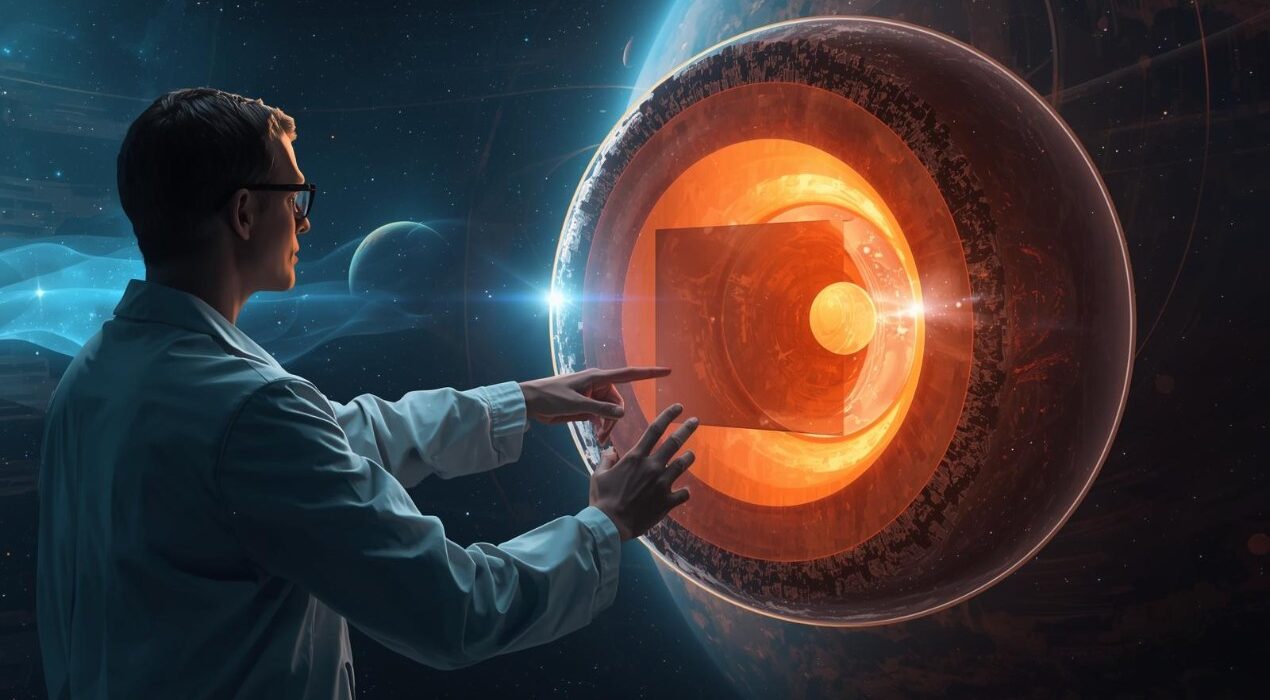Scientists have uncovered new evidence that Mars has a core strikingly similar to Earth’s, solving a planetary mystery that has puzzled researchers for decades. Findings from NASA’s InSight mission, combined with advanced seismic analysis, suggest that beneath Mars’ surface lies a solid inner core surrounded by a liquid outer layer—a structure much like Earth’s.
Published in Nature, the research sheds light on how Mars evolved and why it lost the magnetic field that once protected its atmosphere. Billions of years ago, Mars likely had a dense atmosphere capable of supporting liquid water. A magnetic shield may have preserved this
environment, but as the core cooled, the protective field disappeared. Without it, solar radiation gradually stripped away the atmosphere, leaving behind the cold, dry world we see today.
On Earth, convection within the liquid outer core generates a magnetic field that shields the planet from charged solar particles. The new results make it more likely that Mars once had a similar dynamo. Evidence of ancient rivers, lakes, and valleys on the Martian surface aligns with this possibility.
The InSight lander, which touched down in 2018, first revealed that Mars had a liquid core. Now, Huixing Bi and colleagues have identified a solid inner layer with a radius of about 610 kilometers. “The very presence of a solid inner core shows that crystallization and solidification is taking place as the planet cools over time,” the researchers explained.
This discovery not only clarifies Mars’ interior but also advances our understanding of planetary formation. Future studies will continue to refine these models, but one thing is clear: Mars’ hidden heart may hold the key to unraveling its lost habitability.
Scientists Solve Mars Mystery: Red Planet Found to Have an Earth-Like Core






